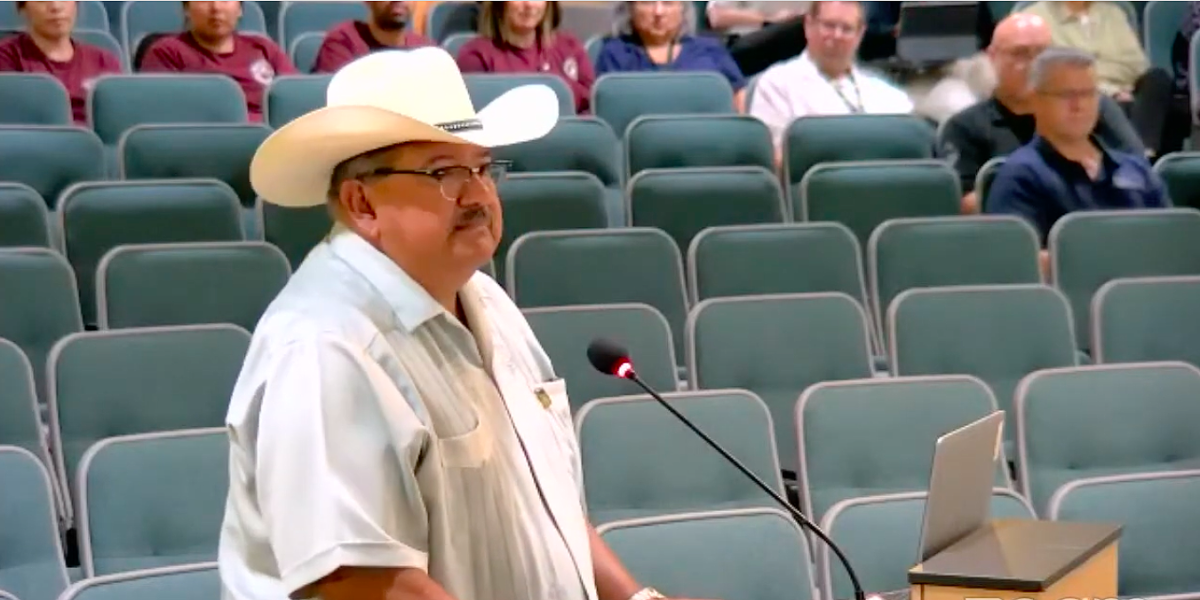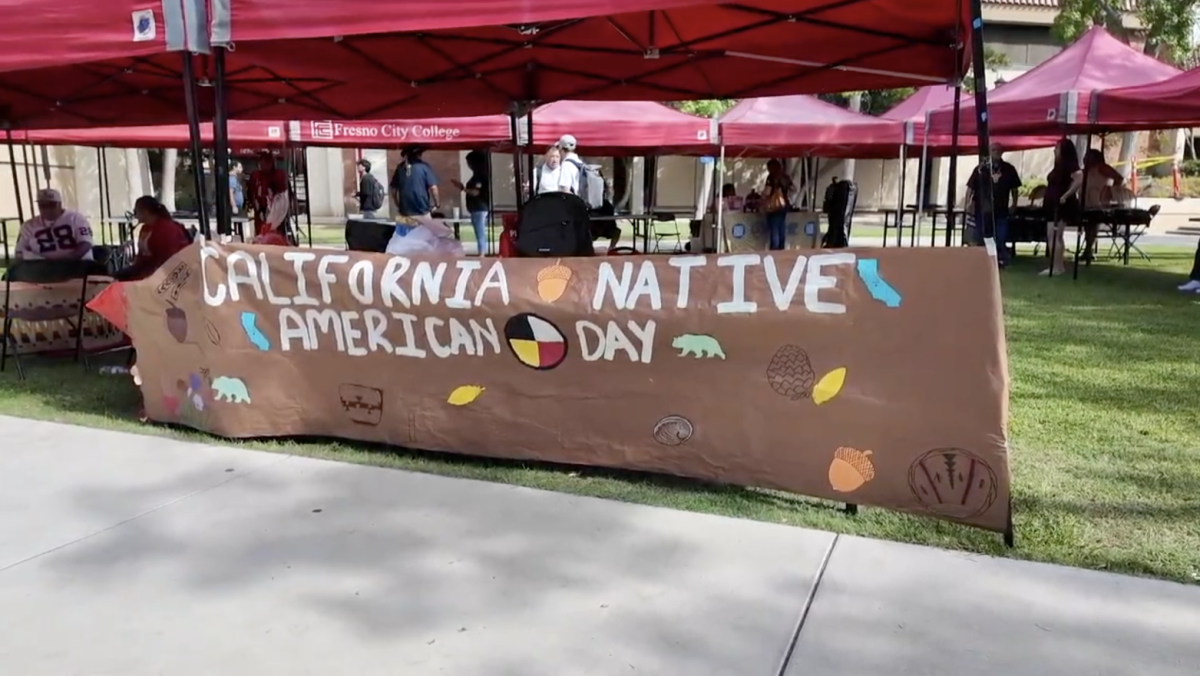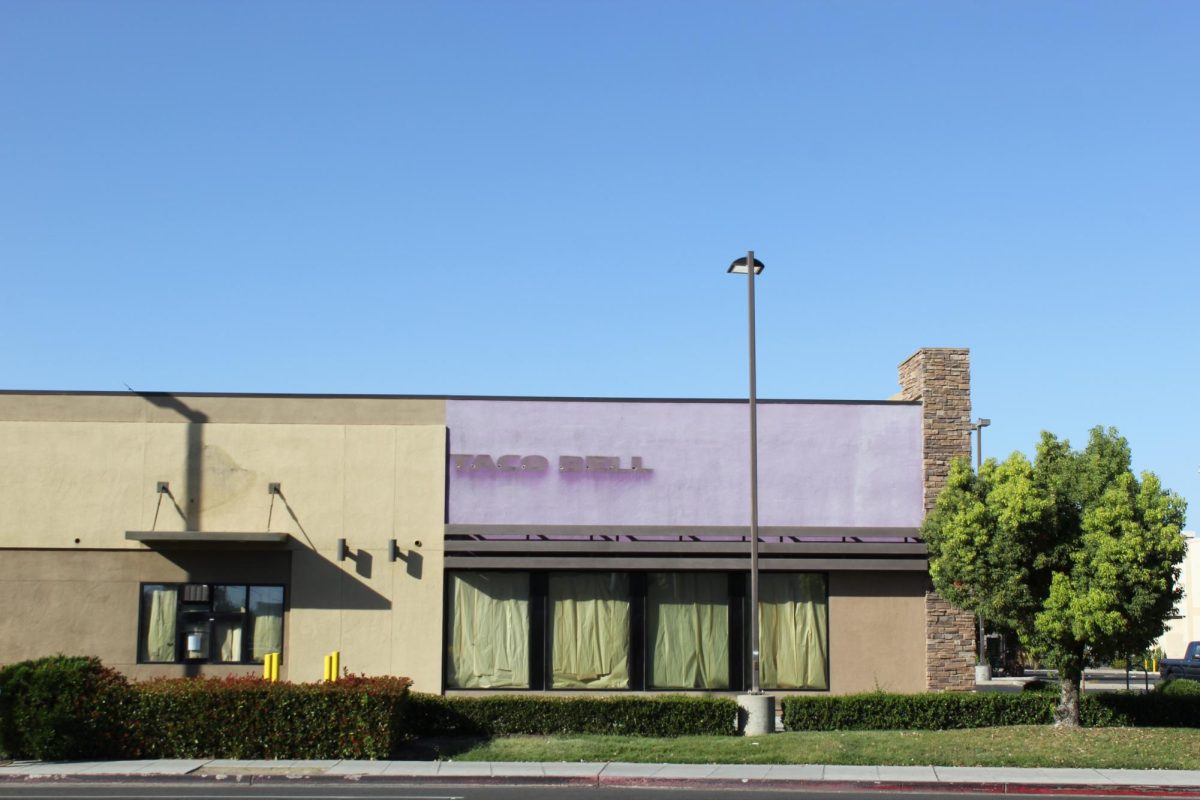The Fresno City College budget which was severely limited for the past six years because of budget cuts is going through what Tony Cantu, the college president, calls a “restoration.”
The passage of Proposition 30 has opened new doors, translating into no cuts in course offerings or layoffs of faculty; the budget now shows room for growth, Cantu said.
The vice president of administrative services said that there is a key difference between the 2013-2014 and the 2012-2013 budgets for FCC.
“It is enormously better. It really is,” Cheryl Sullivan said. “We were really looking at cutting over 40 sections.”
The numbers illustrate the difference. The FCC budget shows a $826,481 increase between 2012-2013 and 2013-2014. The amount in reserves for FCC this year is $2,988,000. Last year’s reserve is not available due to the fact that the 2012-2013 audit has not yet been completed.
While the outlook on the budget is optimistic, it is not where it needs to be. Sullivan said that there is still a deficit from last year that resulted from the deferral system that the state has set up in order to slowly pay colleges the funding that they are owed.
“The state does two things . . . One is called the deferral. So, in January they typically don’t have enough money to pay us, and so they start short paying us in January through June,” Sullivan said.
The second issue that the college deals is related to Proposition 98 which mandates the state treasury to make K-12 “whole,” meaning that their funding is set and cannot be deferred, Sullivan explained. Unfortunately, the state has no such obligation to California colleges.
“They can promise us $1 million and short pay us what they don’t have,” said Sullivan.
Another crucial aspect of the budget was the role that redevelopment agencies played in the funding of the college. Assembly Bills 26 and 27 were responsible for the end of these redevelopment agencies starting in 2011. Assembly Bill 26 ended agencies altogether but AB 27 gave those agencies a way out by promising to devote a large portion of their property tax revenue to California schools.
The college revenues, on the other hand, can be defined as somewhat mysterious. Sullivan said that the amount of funding the college receives depends on who is asked about the numbers. The counties send out two reports, one to the Department of Finance and one to the college. So, with the Department of Finance receiving report “x” and the college receiving report “y,” the future is difficult to predict.
“Right now we’re looking at being short paid for last year as a district at least $1 million, as much as $6 million,” said Sullivan. “So, it’s not a small ‘x’ and ‘y’ factor, it’s a very large factor which wipes out almost everything we got in Prop. 30.”
The college will just have to wait and see if what it receives is the $1 million that was part of what the state promised or the $6 million that is not part of the deal whatsoever.
As far as campus services go, Sullivan remains confident that the budget is leaving room for restoration of services, without a cut to full time positions; adjunct faculty members are being hired back to “provide that breadth of additional classes.”
This is a clear divergence from the last five years in which a couple of faculty positions and many classified positions had been lost, according to Sullivan.
To support the increase of services, Sullivan said that the spending of the $2,988,000 reserve fund is going to be “very planned.”
“We are going to be putting that money back in to make sure that our infrastructure doesn’t fall apart,” she said.
President Cantu is optimistic about the budget increase. He said that the college received more funding for categoricals such as Disabled Students Program & Services, Extended Opportunity Program & Services and student success.
“We also got some instructional equipment dollars that we have not seen for… six years,” said Cantu. “And there are some scheduled maintenance dollars, too, so it’s pretty exciting.”
The money for the restoration will go to adding classes to the schedule. The money for the mentioned categoricals is on hold due to the wait for the state’s decision on an allocation for colleges that divides up a $196.7 million grant.
This grant was approved state-wide but the allocations have yet to be decided by Governor Brown.
Both Sullivan and Cantu were also optimistic that there would not be a repeat of the February surprise that precipitated major cuts to the funding and operating services of the college for the 2011-2012 year.
“Instead of getting the February surprise, we’re hoping to get more of a reduction in deferral surprise, which would be kind of a really nice treat,” said Sullivan.
Cantu has high hopes that FCC’s budget will remain strong even with the deficit due to deferrals. Instead of cutting services, classes and faculty, the college received an increased budget.
The State Center Community College District’s budget was approved yesterday with a unanimous vote from the District Board of Trustees, but will need to updated with specific calculations regarding adult education, Proposition 39’s Energy Efficiency grant allocation , categorical restorations, Cost-of-Living-Adjustment (COLA) and enrollment growth and restoration.
Ed Eng, the vice chancellor of finance for the district, was able to confirm, through his presentation,that the district would see a reduction in deferrals. Last year, the deferrals amounted to $30 million whereas this year’s projected budget states that the district will see only $15 million in deferrals.
“It looks pretty strong right now,” said Cantu. “The likelihood of the budget changing drastically … it’s not going to happen. I’m rather optimistic.”


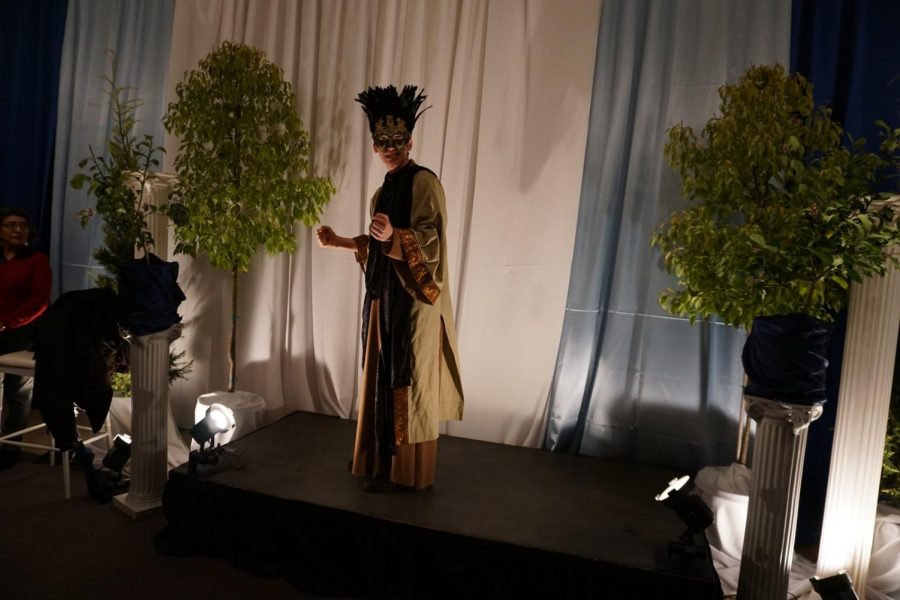
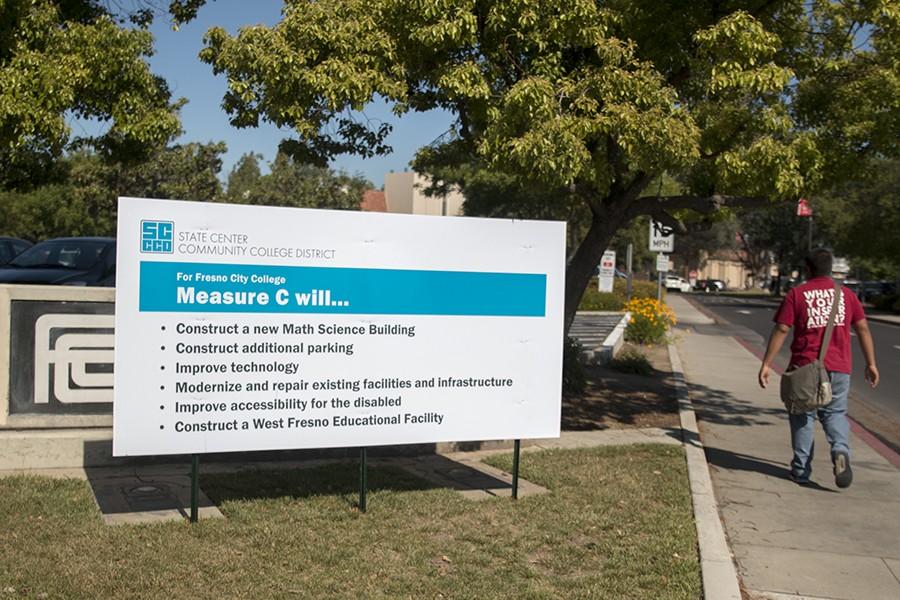
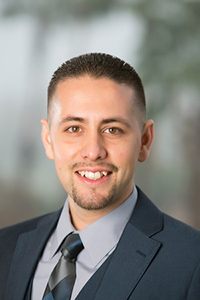
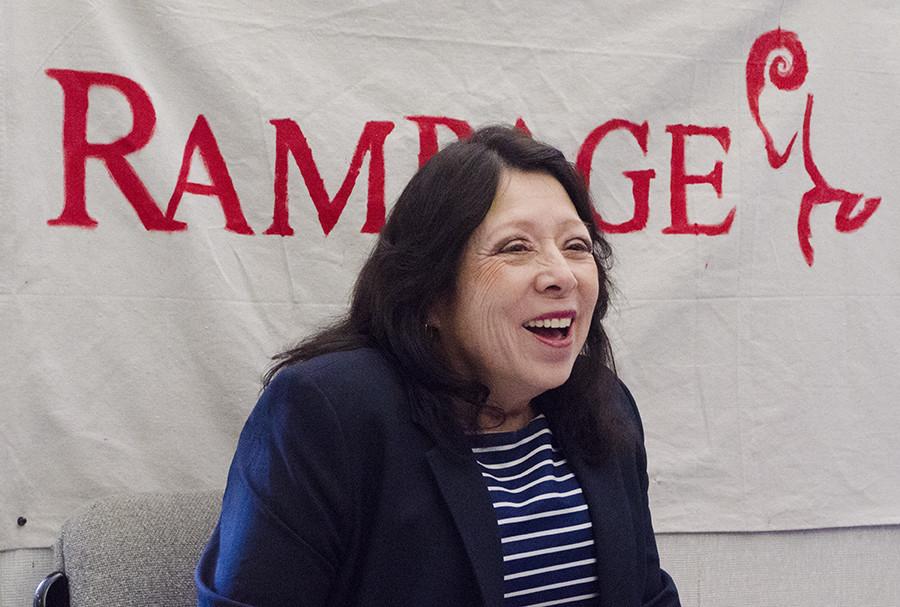
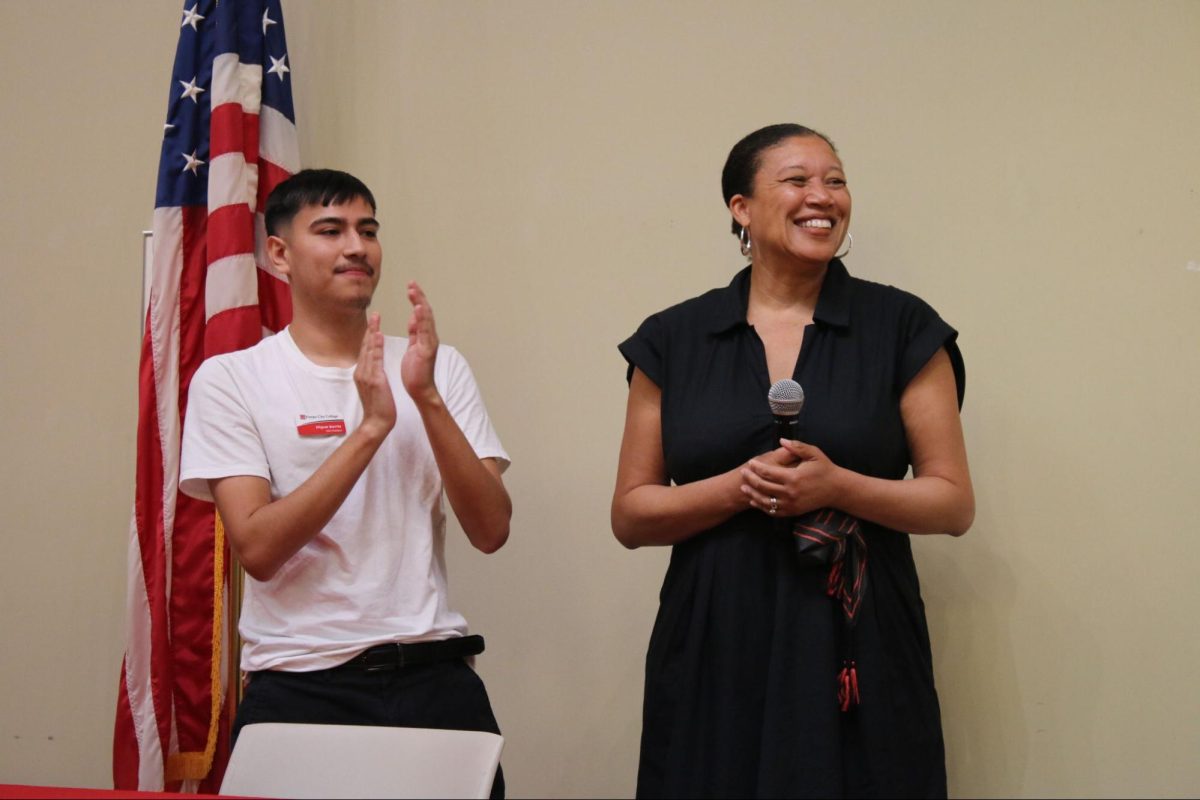
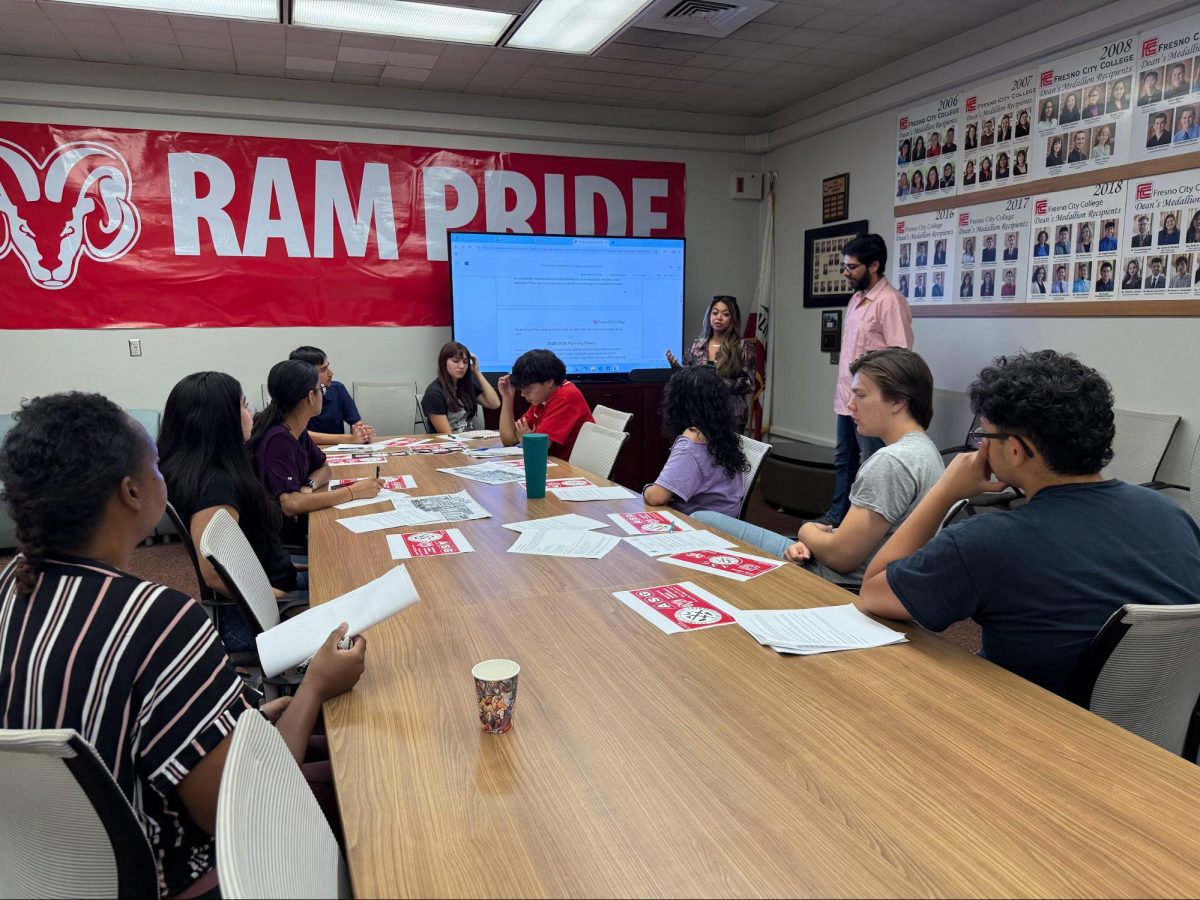
![[From Left to Right] Gurbhagat Bains, Mary Woods, Natalia Montelongo, Reanna Carlson, Miguel Barrita, Gabriel Echeveste, and Vrinda Vrinda gather together to take a group photo after their first meeting in the Fresno City College Senate Chambers on Aug. 19, 2025.](https://www.therampageonline.com/wp-content/uploads/2025/08/image1-copy-8-1200x900.jpg)

